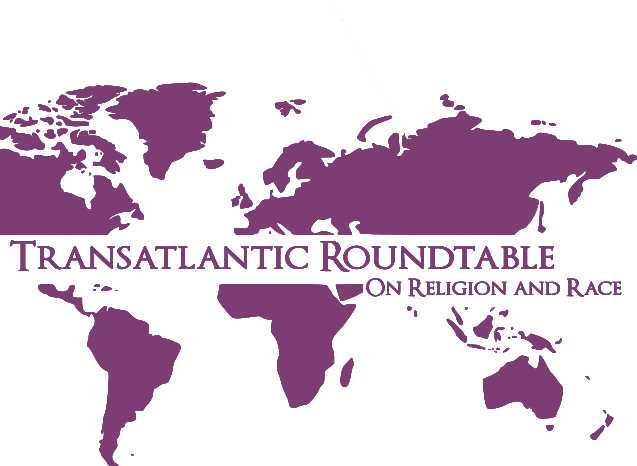by R. Drew Smith
October 23, 2019 (Sojourners)
Twenty-five years ago, Nelson Mandela was elected South African president after serving 27 years in prison for leading resistance against racially-oppressive apartheid rule. During that same moment in April of 1994, a horrible tragedy was unfolding further north on the African continent as longstanding ethnic grievances within Rwanda irrupted into a spate of genocidal violence that took the lives of approximately one million Rwandans.
But 25 years later, Rwanda has far outpaced South Africa in its progress toward social healing and unity, due in no small part to the breadth of the Rwandan people’s commitment to accounting for the atrocities of 1994.
Rwanda’s several months of massive violence were quickly followed by the November 1994 creation of an International Criminal Tribunal for Rwanda (ICTR), established through a United Nations Security Council resolution. By the time ICTR closed its work in December 2015, it had prosecuted 93 persons and sentenced 61, including the former prime minister, Defense Ministry chief of staff, and Army chief of staff.
Nonetheless, the ICTR was widely criticized, especially for prosecuting so few people at such a high operating cost (more than $2 billion), and for its bureaucracy, elongated trials, and lack of attention to reparations.
With hundreds of thousands of genocide suspects imprisoned and awaiting trial, and with ICTR jurisprudence supplemented mainly by conventional Rwandan courts that had tried only 1,292 genocide suspects by 1998, the Rwandan government turned to a traditional system of community-based courts with deep roots in Rwandan culture. Historically, these traditional courts, known as gacaca, utilized local elders in resolving minor civil disputes related mainly to matters pertaining to property, inheritance, and marital relations.
By 2005, the Rwandan government established a network of more than 12,000 of these gacaca courts that presided over almost two million genocide-related cases through 2012, with 65 percent resulting in conviction. Sentences ranged from extended jail time with hard labor to release back into communities to assist with the rebuilding process. Critics have pointed out however that gacaca courts fell “well short of international legal standards,” particularly with respect to the training and impartiality of judges and access by defendants to legal representation. Nevertheless, details derived from court testimonies provided many Rwandans, individually and collectively, with information about the genocide that proved critical to closure and moving forward.
South Africa also initiated a national truth-telling process with the 1995 launching of a Truth and Reconciliation Commission (TRC). The TRC, established by an Act of Parliament and chaired by Archbishop Desmond Tutu, centered upon detailing apartheid-era human rights violations through public testimony from victims and perpetrators. Testimonies received in these often-televised hearings were to provide a basis for charges against perpetrators, amnesty for the perpetrators who fully disclosed their crimes, and reparations and rehabilitation for victims.
By the time TRC concluded its work in 2002, more than 2,000 persons had testified before the Commission and more than 7,000 persons had petitioned for amnesty. Although only 849 persons succeeded in their amnesty petitions, the vast majority of those denied amnesty were never tried for their offences.
The TRC was roundly criticized for permitting so few grievances to be heard and for facilitating a national process where apologies from perpetrators — aimed at eliciting forgiveness from victims — seemingly served as substitutes for accountability.
Insistence on accountability for wrongdoing was responded to through varying degrees of commitment by the Rwandan and South African governments to reparations for victims. In South Africa, President Mandela’s successor, Thabo Mbeki, authorized a one-off $4,000 payment to 18,000 persons who had applied for reparations. In Rwanda, the post-genocide government established a Genocide Survivors Assistance Fund in 1996 to which it committed a six percent allocation from the annual national budget while also requiring a one percent contribution of gross annual salary from every public sector and private sector employee through 2008.
For all the good accomplished in the two countries’ efforts to account for the past, there were obvious limitations within each national approach, and noticeable differences between the two countries in the extent of testimony-gathering, punishment for crimes, and reparations to victims.
Not surprisingly, the wider scale and scope of Rwanda’s efforts compared to South Africa’s fueled greater confidence among Rwandans than South Africans in their nation’s ability to overcome its past.
According to a Reconciliation Barometer survey administered in South Africa in 2017, and in Rwanda in 2015, there was quite a contrast between the two countries in how citizens viewed reconciliation efforts. Ninety-six percent of Rwandans but only 56 percent of South Africans indicated their nation had made good progress toward reconciliation. Eighty-five percent of Rwandans but only 47 percent of South Africans reported they or persons close to them had personally experienced reconciliation.
Specific to economic metrics, 88 percent of Rwandans felt property looted or destroyed during the genocide had been compensated, while 70 percent of South Africans viewed black poverty and landlessness alongside white wealth as enduring effects of apartheid, Also, 62 percent of South Africans felt reconciliation to be “impossible as long as people disadvantaged under apartheid continue to be poor.”
Although achievement of unity and common cause relies on many factors, it is important to note 95 percent of Rwandans as compared to 78 percent of South Africans said their national identity was an important part of how they see themselves. Moreover, 94 percent of Rwandan respondents agreed with the statement, “Rwandans are now committed to fight … against anything that may cause again divisions and genocide,” compared to 68 percent of South Africans who believed it possible “to create one united South African nation” out of all its different groups.
Rwanda and South Africa have overcome much since 1994. Nevertheless, the variances between the two in accounting for wrongdoing and in facilitating social healing seem instructive to anyone concerned with peace.
